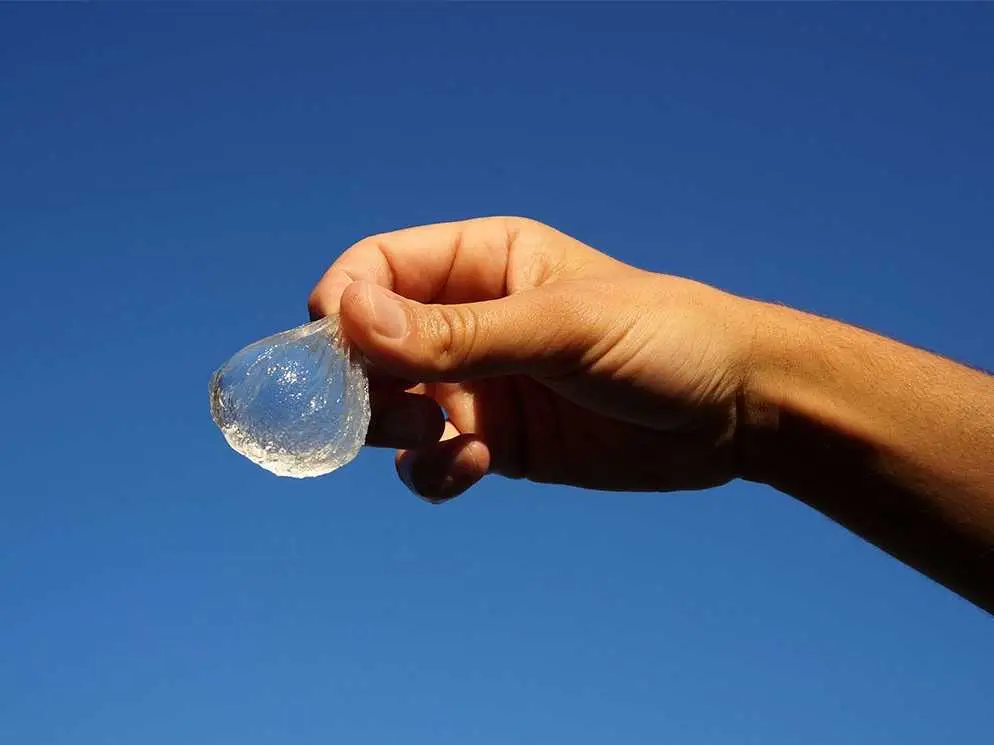Sustainable Developments of Microplastic
Science

4
Microplastics are everywhere in marine environments: on the coast of Spain, in the Yangtze river in China, in the Great Australian Bight, the Mariana Trench, and in lakes and rivers across the United Kingdom. According to the U.S. Geological Survey, microplastics are found in 12% of freshwater fish in the United States. They are also found at a rate of 112,000 particles for every square mile of water in the Great Lakes, and 1,285 particles for every square foot of river sediment.
Microplastics are defined as any pieces of plastics less than 5 millimeters in size. Microplastics come from multiple sources, including cosmetic products, synthetic clothing, and plastic items like toys and furniture. These small particles are concerning because of their high specific surface area for absorbing contaminants, such as HBCD, and their potential to translocate in organisms and ecosystems.
Producing and consuming fewer plastics will be the most obvious solution while plastic is an empirical material in various fields, including construction, electronics, and fabric. Scientists try to improve the recycling of plastics and develop biodegradable plastics–mostly only broken down in specialized facilities at high temperatures. The options currently available–mostly made from corn, sugarcane, or waste fats and oils–generally lack mechanical strength. However, recent breakthroughs in producing plastics from cellulose or lignin promise to overcome those drawbacks and also can be obtained from various sources, including nonfood plants and agricultural by-products. The cellulose consists of plant cell walls and lignin that does not easily dissolve in most solvents are suitable for making bioplastics providing both strengths and rigidity of standard plastics.
A few scientists rather explore ways to clean up microplastic waste. They have found enzymes and bacteria that can break down certain types of plastic although the side effects are still to be examined (e.g., the production of greenhouse gasses). The polyester-eating enzymes are protected by a polymer that prevents the enzyme from untangling. When exposed to heat and water, they get rid of their polymer shroud and chomp the plastic polymer into building blocks (e.g., lactic acid). The by-product can be used to fertilize the soil, and such a method can be applied to various types of plastics. Earthworms with plastic-munching bacteria in their guts might be able to remediate soil from plastic waste.
2023/04/23

Share
Jungyeon Wi
Science

Robinson Review Favorites
Songi Chai, Yubin Cho, Seohyun Jang..
Trending on Robinson Review
Contact Us





